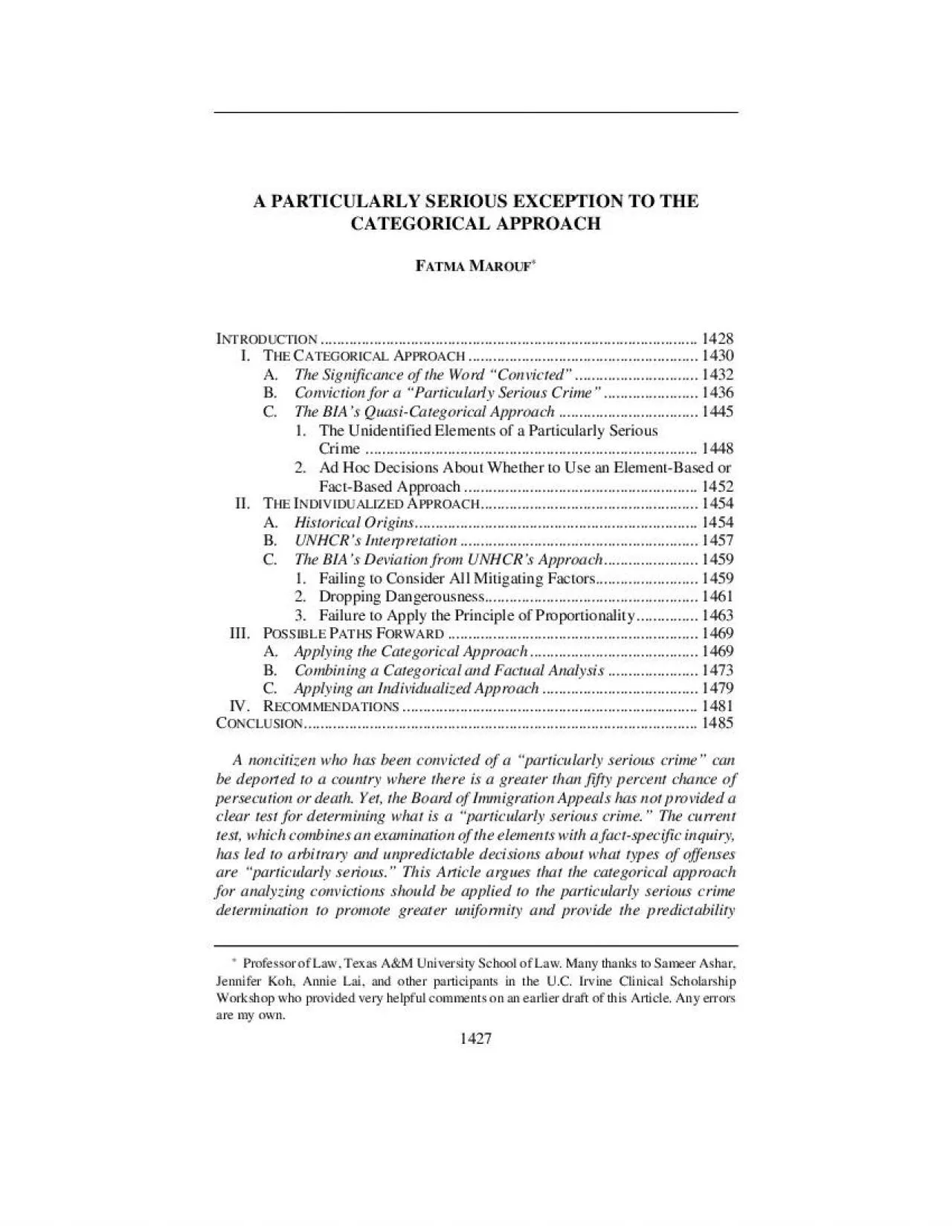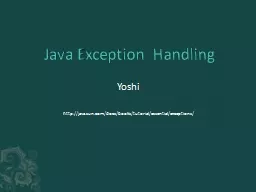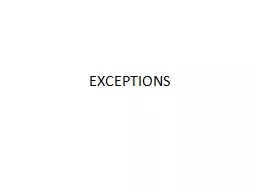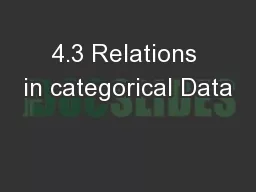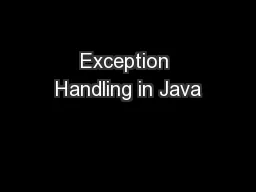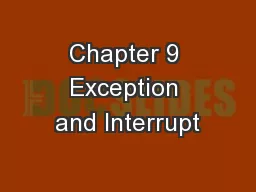PDF-1427A PARTICULARLY SERIOUS EXCEPTION TO THE CATEGORICAL APPROACH ATMA
Author : payton | Published Date : 2021-10-07
Professor of Law Texas AM University School of Law Many thanks to Sameer Ashar Jennifer Koh Annie Lai and other participants in the UC Irvine Clinical Scholarship
Presentation Embed Code
Download Presentation
Download Presentation The PPT/PDF document "1427A PARTICULARLY SERIOUS EXCEPTION TO ..." is the property of its rightful owner. Permission is granted to download and print the materials on this website for personal, non-commercial use only, and to display it on your personal computer provided you do not modify the materials and that you retain all copyright notices contained in the materials. By downloading content from our website, you accept the terms of this agreement.
1427A PARTICULARLY SERIOUS EXCEPTION TO THE CATEGORICAL APPROACH ATMA: Transcript
Download Rules Of Document
"1427A PARTICULARLY SERIOUS EXCEPTION TO THE CATEGORICAL APPROACH ATMA"The content belongs to its owner. You may download and print it for personal use, without modification, and keep all copyright notices. By downloading, you agree to these terms.
Related Documents

